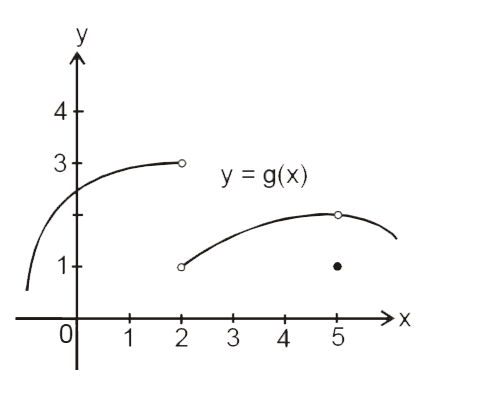According to the given reaction :
CaCO3(s)10.0gΔ−−→CaO(s)5.6g+CO2(g)xg
What is the value of x ?
10.0
5.6
4.4
11.1
The correct Answer is:C
To find the value of x in the given reaction:
CaCO3(s)Δ→CaO(s)+CO2(g)
we can use the principle of conservation of mass, which states that the mass of the reactants must equal the mass of the products.
1. Identify the mass of reactants:
- The mass of calcium carbonate (CaCO3) is given as 10.0 g.
2. Identify the mass of products:
- The mass of calcium oxide (CaO) produced is given as 5.6 g.
- The mass of carbon dioxide (CO2) produced is x g.
3. Apply the conservation of mass:
- According to the conservation of mass:
Mass of reactants=Mass of products
- Therefore:
10.0g=5.6g+xg
4. Solve for x:
- Rearranging the equation gives:
x=10.0g−5.6g
- Calculating x:
x=4.4g
Thus, the value of x is 4.4 g.
- The mass of calcium carbonate (CaCO3) is given as 10.0 g.
- The mass of calcium oxide (CaO) produced is given as 5.6 g.
- The mass of carbon dioxide (CO2) produced is x g.
- According to the conservation of mass:
Mass of reactants=Mass of products
- Therefore:
10.0g=5.6g+xg
- Rearranging the equation gives:
x=10.0g−5.6g
- Calculating x:
x=4.4g
Topper's Solved these Questions
Similar Questions
Knowledge Check
When 200 g of lime strongly heated , it undergoes thermal decomposition to form 112 g of lime and unknown mass of carbon dioxide gas as CaCO3200g→CaO112g+CO2?
What will be the mass of CO2 formed ?A88 gB24 gC64 gD40 gIn the given reaction :
Ph−C∣∣O−CHY3H2N−OH−−−−−−→(X)PCI5−−→Δ(Y)
Y will beAPh−C∣∣O−NH−CH3BH3C−O∣∣C−NH−PhCPh−CH2−O∣∣C−NH2DPh−CH2−CNC2H5IKOH(alc)−−−−−−→ACl2(g)−−−→770KX, X can be
Avinyl chlorideBallyl chlorideCethyl chlorideDethyl iodine chloride
Limx→2+g(x)=

View SolutionIn the following reaction sequence Y is,
PhOCOCH3AlCl3−−→Δ(X)I2−−−→NaOH(Y)
View SolutionWhich of the following shows the given reactions in the increasing order of speed of the reaction?
(i) 2KClO3(s)Δ−−→2KCl(s)+3O2(g)
(ii) 2KClO3(s)Δ−−−→MnO22KCl(s)+3O2(g)
(iii) 6CO2(g)+6H2OlSunlight−−−−−−→ChlorophyllC6H12O6(aq)+6O2(g)
View SolutionFor the reaction :
CaCO3(s)⇔CaO(s)+CO2(g)
View SolutionThe interaction of O3 with potassium hydroxide gives ozonide according to the following equation.
3KOH(s)168g+2O3(g)→2KO3(s)174g+KOH.H2O(s)+12O2(g)
The ozonide KO3 slowly decomposes to KO2 and oxygen
2KO3(s)174g→2KO2(s)142g+O2(g)
The mass of KO2 produced by the reaction of 75.0g of KOH is
View Solution
